
Tohoku wine is made with the passion of the winemaker using high-quality grapes that are carefully grown in an abundance of nature. You can enjoy the diversity of Japanese wine unique to the Tohoku region. Refreshing acidity produced by the cool climate, fruity and astringent tastes derived from ripe grapes. We will introduce the grape producing areas and wine characteristics in each of the prefectures in Tohoku and we will be presenting the carefully selected wines from each Winery.


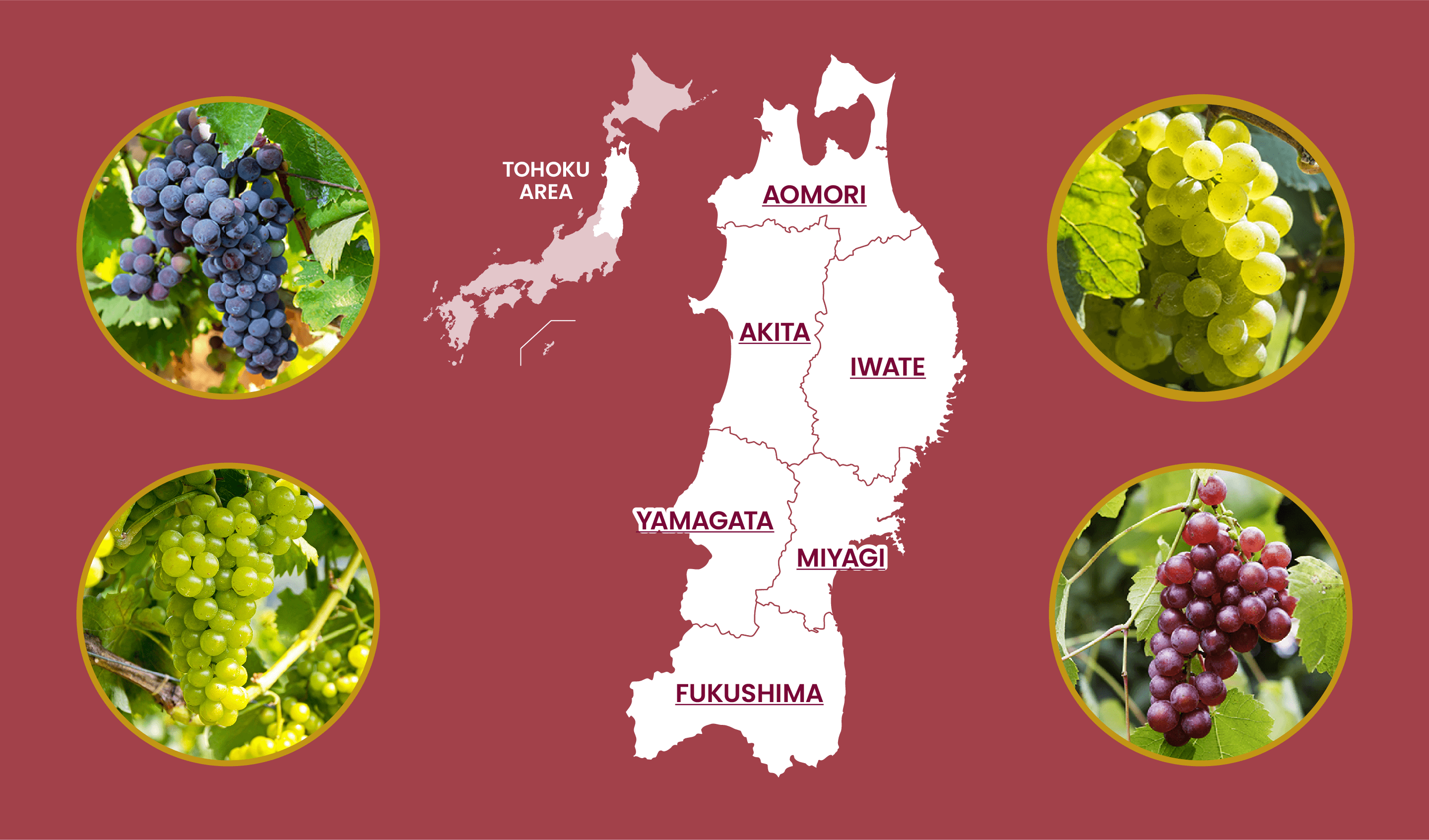


Aomori is the northernmost prefecture on Japan's main island and is surrounded by the Pacific Ocean, sea of Japan and Tsugaru Strait. It is a land blessed with rich nature. Taking advantage of the cool climate, wine is produced in the Shimokita Peninsula and Hachinohe areas. The Shimokita Peninsula has a climate similar to the Burgundy region of France, a major wine country, and is suitable for growing grapes. Aomori Prefecture, which is the number one apple producing prefecture in Japan, is also famous for producing high-quality cider that has won awards in domestic and international competitions.


The representative wine-producing regions in Akita Prefecture are Kazuno City and the Omori area of Yokote City around Lake Towada. The soil around Lake Towada is characterised by its minerality due to the minerals contained in the ash fall from volcanic eruptions. Omori region is popular for Riesling, a white wine made in Germany and the Alsace region of France. The gorgeous, high-quality aroma and firm acidity unique to a cool land contributes to the production of high-quality wine.

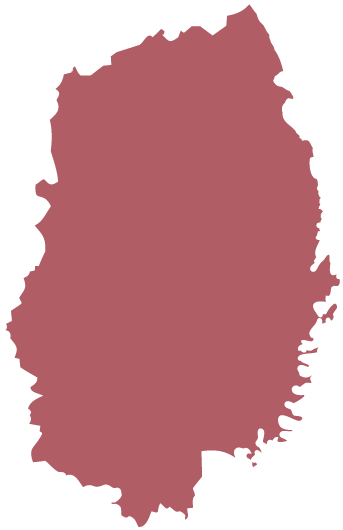
Iwate Prefecture is a unique wine-producing region with geological strata with hundreds of millions of years history and a cool climate with passionate producers. Wine production is ranked fifth in Japan after Yamagata Prefecture. Riesling Rion, a grape variety that represents Iwate Prefecture, is a white grape variety that is a cross between German-origin "Riesling" and Japanese local grape "Koshu Sanjaku". The appeal of Iwate wine is its refreshing and mineral sensation that comes from the cool climate, as well as its lively, clear acidity.

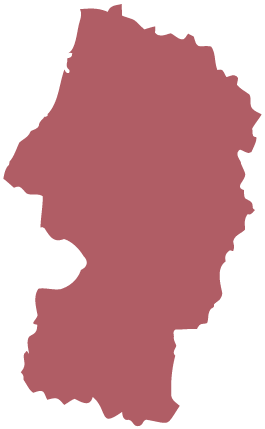
Yamagata Prefecture is the most popular wine producing region of Japan among the six Tohoku prefectures. Akayu in Nanyo City and Kamiyama, which is famous for its hot springs, also the Okitama district they are the birthplace of Yamagata grapes and Japan's leading grape-producing areas. Yamanashi Prefecture and Nagano Prefecture ranks third in terms of grape harvest volume and ranks fourth in wine production volume. There are two grape varieties that accounts for about half of the total volume, namely Delaware and Muscat Berry A. The number of up-and-coming wineries are increasing, further expectations and attention are anticipated in the future.

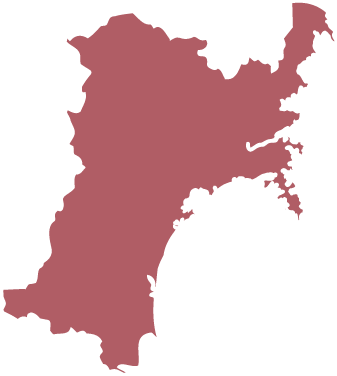
After the Great Eastern Japan Earthquake in March 2011, the only winery that was opened in the prefecture was at the Akiu area in 2015. After which, efforts aimed at connecting people and regions through winemaking and revitalizing began in various parts of the prefecture. In recent years, new wineries have been established one after another in Yamamoto town, Yamato town, Kawasaki town, Minami-sanriku, and are bringing more exposure to the area. Many areas of the prefecture are blessed with mountains, seas and rich nature. Highly motivated producers take root in the land and devotes themselves to making Japanese wine.

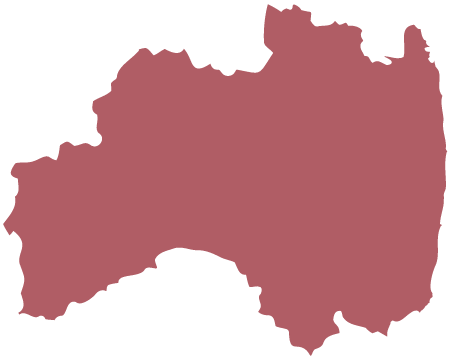
Fukushima Prefecture, which boasts the third largest fruit producing area in Japan, also known as the "Kingdom of Fruits. "Aiming to revive the agriculture and industry that were hit hard by the Great Eastern Japan Earthquake. In recent years they have also been focusing on wine production, their wine is made from high-quality grapes in various climates depending on the region, such as Iwaki City, which has a warm Pacific climate, Koriyama City and Nihonmatsu City, which have inland climates, and Aizu City, which has a snowy mountainous climate.
